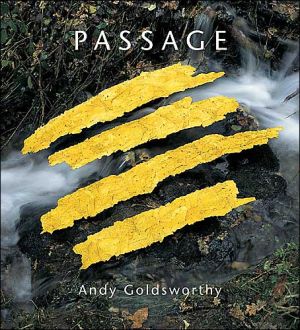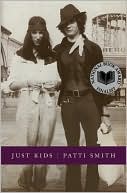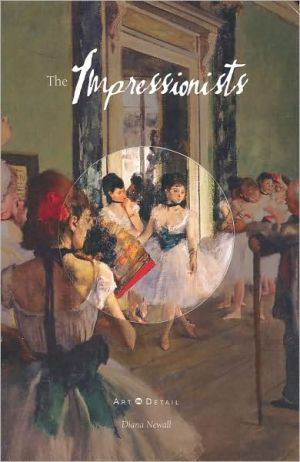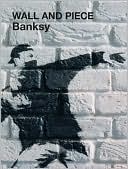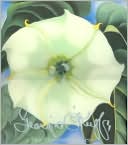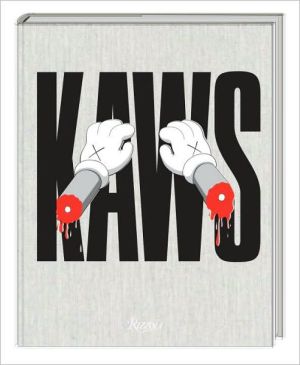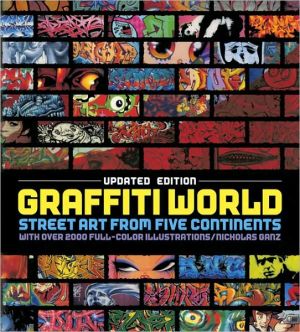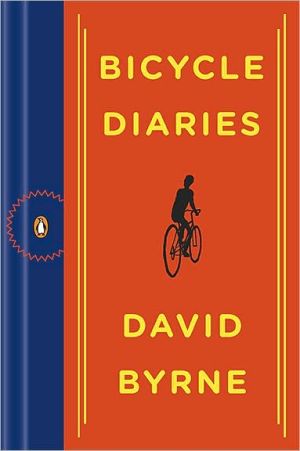Passage
Andy Goldsworthy's Passage focuses on the journeys that people, rivers, landscapes, and even stones take through space and time. A cairn made by the renowned sculptor in the Scottish village where he lives reveals the influence that his work close to home has on projects he creates elsewhere. A series involving elm trees, from glowing yellow leaves to dead branches, exemplifies his work's vigorous beauty as well as its association with death and decay. Creations on the beach and in rivers...
Search in google:
Some of the works filmed in the process of their creation in Rivers and Tides, the documentary film on the artist, are also found in this attractive volume. The volume features a wealth of color photographs, many of them full- page (the book is slightly oversize, at 10.5x11.5"), of Goldsworthy's sculptures and installations, made of materials gathered in nature. Featuring sculpture made for natural and manmade sites, the book includes photographs of stone cairns; holes; ephemeral arrangements of leaves, branches, stones, or ice; and the 2004 installation at the Metropolitan Museum of Art in New York. The photos appear with the artist's journal entries on the process of producing the work and commentary by other authors. Not indexed. Annotation ©2004 Book News, Inc., Portland, ORPublishers WeeklyStones, icicles, leaves, branches, grass-such are the media of England-born, Scotland-based artist Goldsworthy, who creates simple, striking and evanescent sculptures on beaches, rocks and forest floors: small shards of ice that he freezes onto stones, leaves he layers over the trunk of a dead elm. In more than 200 color photographs, Goldsworthy documents his works and their subsequent transformations as the leaves brown and the icicles melt, revealing as his subject the relationship between nature and time. Unlike the works by a previous generation of earth artists, such as Robert Smithson and Michael Heizer, Goldsworthy's pieces have immediately connected with a larger public, as the success of his many books (Time; Hand to Earth; etc) suggests. In an essay (originally published in the New Yorker) about Goldsworthy's "Garden of Stones," commissioned by the Museum of Jewish Heritage, Simon Schama declares that Goldsworthy is not the "placid pastoralist" that some of his critiques would suggest, but "a dramaturge of nature's temper, often fickle, often foul." Other projects highlighted here include "Three Cairns," stone structures that Goldsworthy built and photographed in California, New York and Iowa, and "Moonlit Path," a winding trail of pulverized chalk that glows hauntingly in a West Sussex forest. Goldsworthy fans will relish the photos, as well as the artist's accompanying notes: "I have to start with a strong idea but with an open mind about how best that idea can be realized." (Nov.) Copyright 2004 Reed Business Information.
\ Publishers WeeklyStones, icicles, leaves, branches, grass-such are the media of England-born, Scotland-based artist Goldsworthy, who creates simple, striking and evanescent sculptures on beaches, rocks and forest floors: small shards of ice that he freezes onto stones, leaves he layers over the trunk of a dead elm. In more than 200 color photographs, Goldsworthy documents his works and their subsequent transformations as the leaves brown and the icicles melt, revealing as his subject the relationship between nature and time. Unlike the works by a previous generation of earth artists, such as Robert Smithson and Michael Heizer, Goldsworthy's pieces have immediately connected with a larger public, as the success of his many books (Time; Hand to Earth; etc) suggests. In an essay (originally published in the New Yorker) about Goldsworthy's "Garden of Stones," commissioned by the Museum of Jewish Heritage, Simon Schama declares that Goldsworthy is not the "placid pastoralist" that some of his critiques would suggest, but "a dramaturge of nature's temper, often fickle, often foul." Other projects highlighted here include "Three Cairns," stone structures that Goldsworthy built and photographed in California, New York and Iowa, and "Moonlit Path," a winding trail of pulverized chalk that glows hauntingly in a West Sussex forest. Goldsworthy fans will relish the photos, as well as the artist's accompanying notes: "I have to start with a strong idea but with an open mind about how best that idea can be realized." (Nov.) Copyright 2004 Reed Business Information.\ \ \ \ \ Library JournalPicking up where Hand to Earth left off, this beautiful and evocative book surveys work produced by English sculptor and land artist Goldsworthy after 1990 (Hand to Earth documented Goldsworthy's work from 1976 to 1990). The eight projects presented are all concerned with rivers or water and are carefully and stunningly photographed. In addition, each is examined in a critical essay by various authors or a diarylike text or reflection by the artist himself, who is remarkably articulate. But these works, evanescent because of time, movement, and the decay of natural materials, speak for themselves; Goldsworthy's minimalist form, richness of color, and use of light and scale are quite moving. Located remotely across the world, these sculpture environments are made completely accessible here. Thus, the publication is a successful extension of the work itself. Highly recommended for all art collections. [The release of Passage coincides with the paperback release of Hand to Earth, which was originally released in 1990.-Ed.]-Jack Perry Brown, Art Inst. of Chicago Lib. Copyright 2004 Reed Business Information.\ \
